I was in Mumbai for work and decided to take a break in Kochin. Kochin is in Kerala, Southern India. National Geographic Traveller magazine names Kerala as one of the "ten paradises of the world" and "50 must see destinations of a lifetime". Travel and Leisure names Kerala as "One of the 100 great trips for the 21st century".
Now a bit of a history lesson about why Kerala is so special. Kerala has benefited by having a succession of enlightened Royal families who were interested in agriculture and the welfare of the population at large. In the 15th century the Portuguese moved in, mainly for the pepper.
In 1498 Vasco Da Gamma dropped in for a while. The locals rose up against the Portuguese in 1571. Then the Dutch East India Company moved in. The locals finally turfed them out in 1741.
The west simply couldn't leave them alone and the British East India Company arrived.
They stayed until Indian independence in 1947. During this time many Catholic missionaries were sent to India, they established numerous schools and encouraged the lower-castes and girls to learn.
It now has the highest literacy rate in India. The religious and social leaders in Kerala protested against the old traditions such as the exclusion of the untouchables. In 1957, at its first elections, the people elected a reformist Communist Government. It initiated pioneering land reforms that have lead to the lowest levels of rural poverty in India.
Well with all of those wonderful statistics I was expecting to see a very different India than I was used to up north. And it was. The first thing I noticed was the cleanliness. When you get rid of the rigid class system you are responsible for your own actions; no-one else will pick up the rubbish that you drop. The trucks we passed on the way from the airport were clean and brilliantly painted.

Because the state has a mixture of Hinduism Islam, Christianity and communism it is full of wonderfully mixed images. And this is reflected in the murals on their trucks. The main saint that is celebrated in Kerala is St George and his image can be seen on trucks and buildings.



We were on our way to the Taj Garden Retreat on Willingdon Island. The island was built in the 1920's out of silt that was dredged to deepen the harbour. The hotel is brilliantly located on the tip of the island and over-looks Fort Kochi.


The water around Kochi was also clean and from the balcony we could watch dolphins leaping and playing. The environment and people felt totally different than in Mumbai or Rajasthan.

We caught the ferry over to Fort Kochi. With all its history the architecture is an interesting mix of Portuguese, Dutch, British and Indian styles. There had also once been a large Jewish enclave here and there are still synagogues and a specific Jewish cemetery.





Fort Kochi is a major tourist destination and has numerous antique shops, local arts and craft shops. Everyone is very helpful and if you fall in love with something bigger than your suitcase the traders will be delighted to arrange shipping for you

Kochi is built around a saltwater lagoon and is made up from a collection of islands and promentories, so water is really important. It is a major transport hub and fishing port so for boat watchers it is fascinating. Most places can be reached on land but the fastest way
around is by water. Ferries are frequent and always packed.

Many small boat owners will take you across the lagoon, this was one that we used.

The fishing boats are as colourful as the trucks.
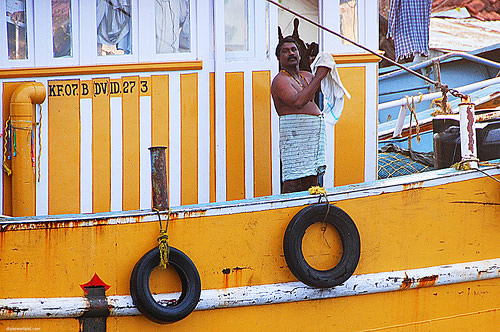

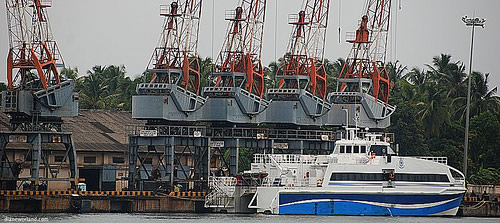
From the Taj you can see all the different ships as they come in. Kochi is also a stopping point for large luxury Cruisers.

Some of the tourist boats are just a little wacky.

Most of the tourist boats are based on the style of boats that were used to haul rice. This style of boat is also used as a house boat for tours around the backwaters of Kerala.

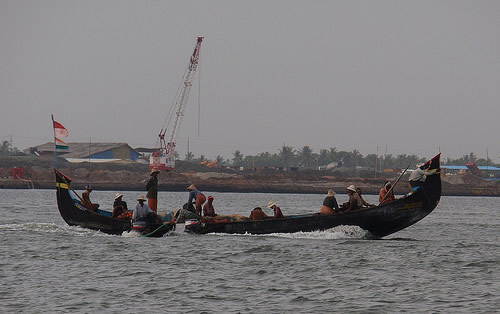
One of the most photographed things in Kochi are the Chinese nets at sunset. The nets were first erected between 1350 and 1450 when there was a strong trading link with China. Because every tourist has to get this shot, at sunset the water can get really crowded.

Because everything is so clean there was an abundance of wildlife just around the hotel grounds.

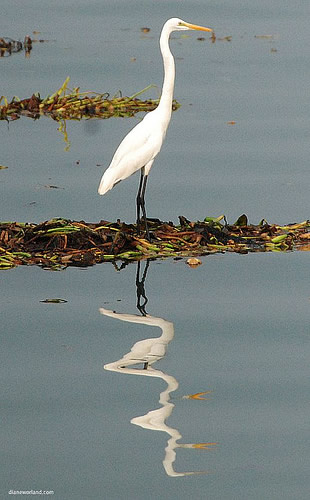

The Taj Garden Retreat is the ideal place for a wedding and we were luck to be there when two weddings took place.
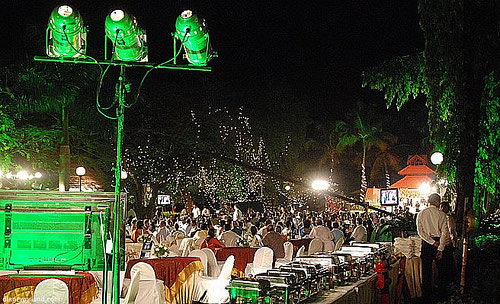



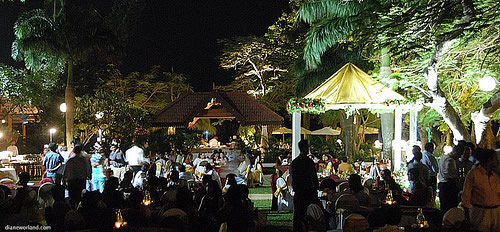
An area of real surprise is the industrial area of Willingdon Island. Because the island was built in 1920 the architects of the time, thinking in a very modern way, designed the buildings in the thencurrent Art Deco style. If you're interested in architecture it is worth visiting this area.
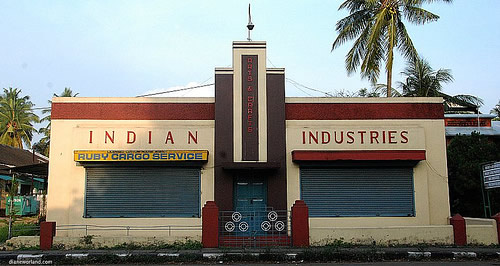



On Fort Kochi are a couple of important Christian churches. Sanata Cruz Cathedral was built in 1887. The combination of Indian style and Christian imagery has created some unusual tableaux.

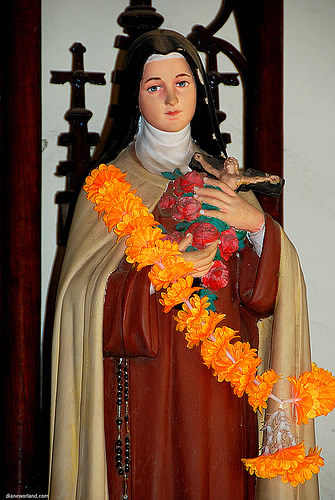

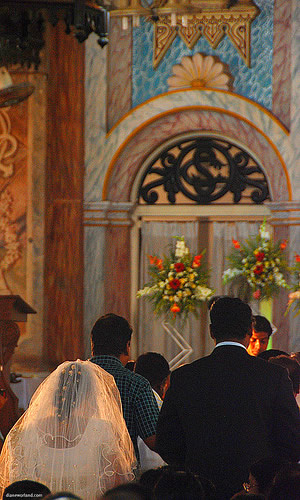
The oldest and most important building in Fort Kochi is St Francis Church. It was was built by the Portuguese in 1520. Vasco Da Gama was buried here in 1524, although his body eventually made it back to Europe.


Kerala has its own very unusual and specific form of Classical Dance-Drama called Kathakali. All the actor-dancers are male and they don't speak, they create their stories with hand gestures and facial expressions, with their eyebrows playing a very important role.



Reflecting on Kerala we had found a very different India. An India where the waterways weren't choked with rubbish. An India where families weren't living in gutters or under over-passes. An India that didn't send children out to beg. An India where Hindus, Muslims, Christians, Jews and communists seemingly live in harmony. An India where people are proud of their homes. If only Kerala could export what-ever it is they are doing to the rest of India.
We then left Kochi to see the animals at the Periyar Tiger Reserve.
For more photographs of Kochi,
click here